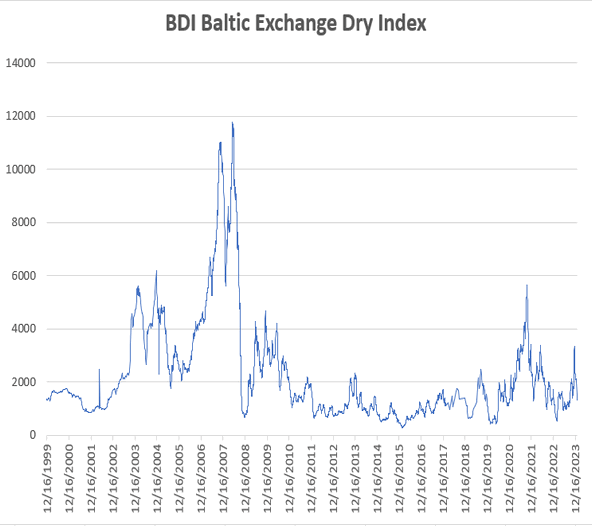Just to drop some mental notes for reference.
When to use Price-Earnings (PE) ratio and when to use Price-Book (PB) ratio
Typically, use PB for banks, capital intensive, violatile, and cyclical industries. The rest PE will be more relevant. Of course, no harm looking at both, but need to know which is more relevant for the particular company.
Valuation
For conglomerates, use sum-of-the-parts valuation to get the fair value for the company.
Using the right tools
For range markets, use range tools like stochastic oscillator, RSI, bollinger bands.
For trend markets, use trending tools like MACD, moving averages, trendlines.
Indicators
VIX index to observe the volativity of the market.
M2 $ supply to observe the liquidity of the market.
Yield curve to observe the steepness of the curve (gradient) to observe the volativity of the market.
Stop Loss
Stop loss level should be adjusted only at significant price movements, else will end up activating the stop loss prematurely.
Other things to look out for
- Insider trading transactions. Typically, if the management is buying in themselves, they are trying to signal that they are confident and bullish about their company.
- Volume of the transactions. A low transaction stock could result in a liquity trap, whereby if you need to get back your $ fast, you will end up selling at a much lower price just to get a buyer.
- Owners of the company. Find out about their style, whether they are here for the long haul (eg. GIC, Temasek, Capital Group), or out to make a quick buck.
- Seasonality of the company stock. Some company stock tend to go up during certain months of the year. Most of the time it is the cyclical effect of their earnings, or the dividends.







No comments:
Post a Comment